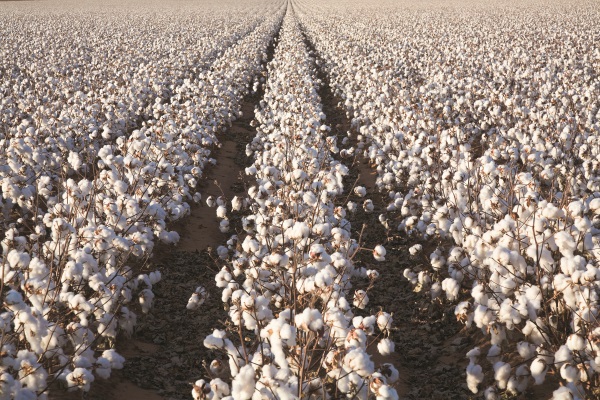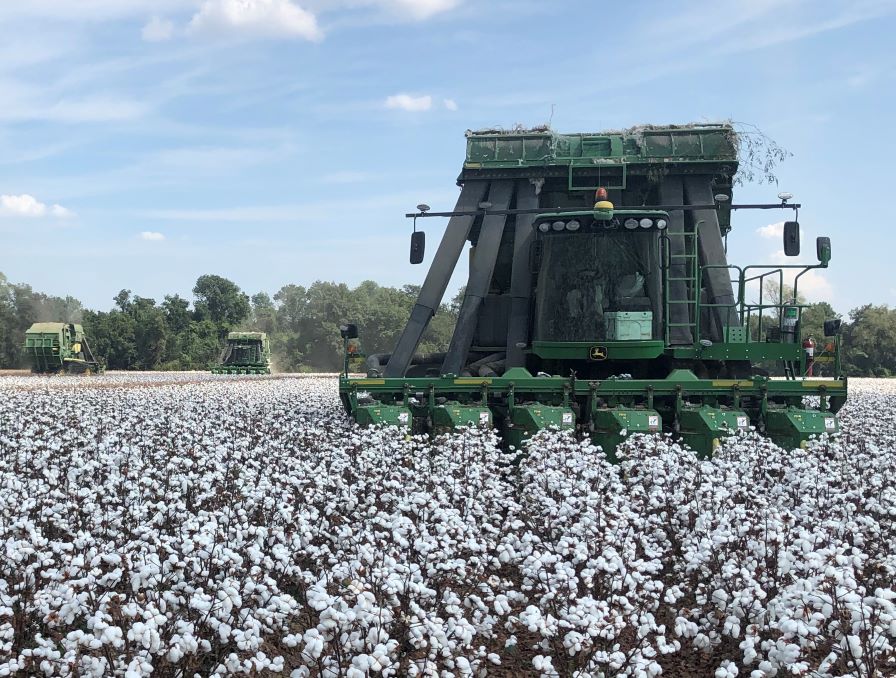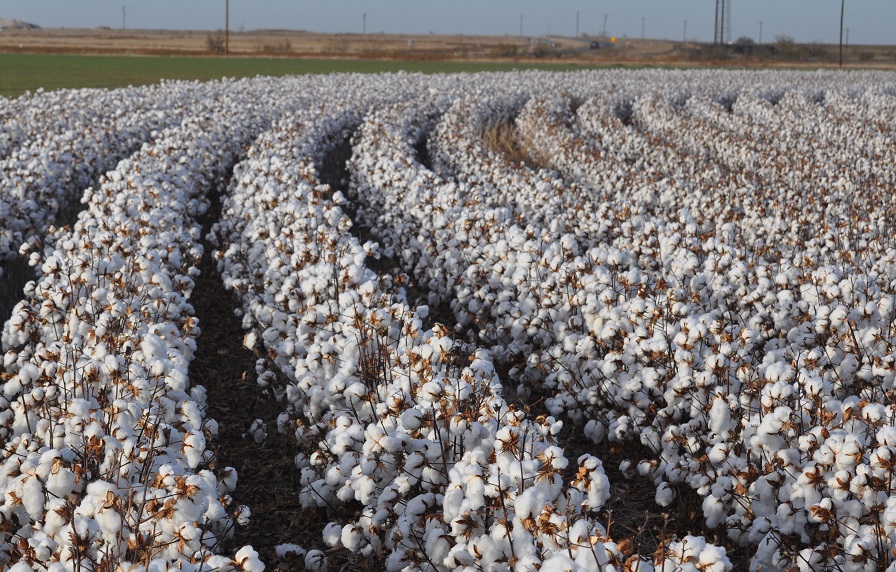2024 In Review: Cotton Industry Rising to the Challenge
Prior to and throughout 2024, the National Cotton Council (NCC) focused its efforts on shaping policies for a new farm bill.
The NCC has been proactive in communicating its priorities to Congress and the Administration, advocating for a meaningful farm bill that includes an effective safety net and comprehensive risk management tools.
This year’s crop is covered by the one-year extension approved by Congress and signed by President Biden late last year. However, as the NCC has stressed to Congress, simply extending the current bill does not provide an adequate safety net given today’s costs of production. It is critical that a new farm bill is passed that increases reference prices to a more meaningful level.
The NCC has also asked Congress to remove the prohibition between purchasing the STAX insurance product and enrollment in the PLC program. In addition to passing a new Farm Bill this year or in 2025, it will be critical that Congress provide some type of short-term support for both disaster and economic losses facing producers.
In September, the NCC spearheaded a letter to House and Senate leaders calling for a new farm bill with enhanced safety net provisions for producers. The letter, which was signed by over 300 organizations representing commodities, lenders, and other rural interests, pointed out that the current Title I safety net has not kept pace with inflation.
In conjunction with the letter, the NCC organized multiple commodity groups and lenders in visits to nearly 100 House and Senate offices, including key Congressional Leadership offices in both Chambers.
In August, the Council convened a Strategic Planning Task Force, consisting of 18 industry members representing all segments and production regions. The purpose of the Task Force was to assess the global economic landscape and competitive forces facing the U.S. cotton industry and identify strategies, policies, and initiatives that will enhance the competitiveness of U.S. cotton, U.S. cotton textile products, and U.S. cottonseed.
On the regulatory front, the industry received devastating news as the Ninth Circuit Federal District Court in Arizona vacated the dicamba label for over-the-top use. In response, EPA granted growers a flexible existing stock order that allows growers to access dicamba already in the retail supply chain. The NCC is now turning its attention to the very challenging task of securing a label for 2025.
In terms of issues threatening the reputation of U.S. cotton, the Council is closely monitoring lint contamination being reported by our textile customers — most of them involving plastic contamination. Lint contamination is negatively affecting the economic health of the entire industry. For that reason, we are continuing our contamination prevention educational efforts.
As exports are essential to U.S. cotton’s viability, the cotton industry stands to benefit from the U.S. Department of Agriculture’s announcement to provide another $300 million in competitive grant funding through the Regional Agricultural Promotion Program (RAPP), which is geared toward applicants seeking to open markets in Africa, Latin America, the Caribbean, and South and Southeast Asia. Cotton Council International received $19 million from this first round of RAPP — the third largest award among agricultural organizations.
The NCC also continues to support the work of the U.S. Cotton Trust Protocol. This sustainability initiative will significantly improve our cotton’s marketability. The NCC is pleased to report that planted acreage enrolled in the Trust Protocol grew to 2.1 million acres, a 31% increase from the previous year, demonstrating a strong industry commitment to responsible production.









